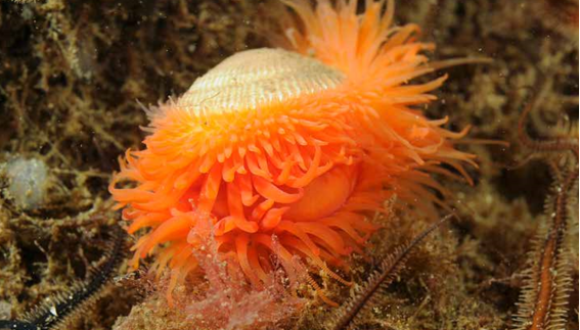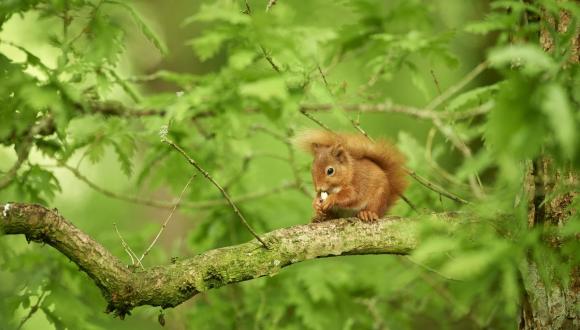State of Nature Scotland Report
Updated: 2023
The State of Nature Scotland 2023 report is the most precise review of how nature in Scotland is faring. It provides compelling evidence of the twin biodiversity and climate crises. Working with professionals from more than 50 nature and conservation organisations, the recent report – which updates and supersedes previous editions in 2013, 2016 and 2019 – uses the latest and best data from monitoring schemes and biological recording centres, collected by thousands of skilled volunteers and professional naturalists, to provide a benchmark for the status of wildlife.
Since systematic monitoring of 407 species began in 1994, the abundance of those species has declined on average by 15%. While some of these species have seen increases, in the last decade alone 43% have declined. NatureScot is one of the State of Nature 2023 partners. Our staff gathered data used in both the Scottish and UK reports, and helped to interpret what was found, enabling us collectively to make the 2023 report an agreed evidence base for the status of biodiversity.
- 2023 State of Nature - for the whole of the UK
- 2019 State of Nature report - for the whole of the UK
Find out more
NatureScot Published reports used as part of our contribution to make the State of Nature Report:





